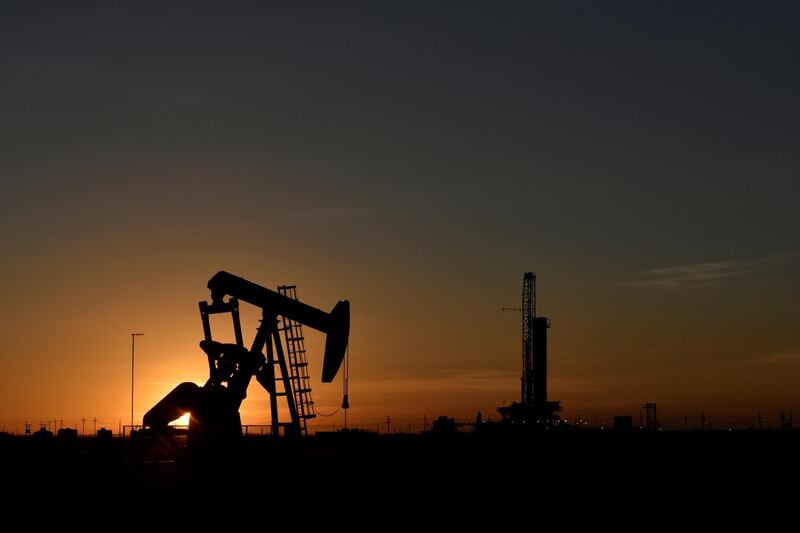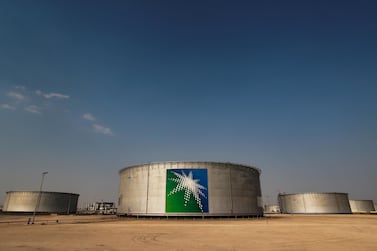The International Energy Agency on Thursday revised its outlook for global oil demand down by 140,000 barrels per day - the first cut in several months - amid a rise in global Covid-19 cases and continued weakness in the aviation sector.
The Paris-based agency expects demand to average 91.9 million bpd in 2020, down 8.1m bpd year-on-year.
The IEA’s estimate follows Opec’s revision of oil demand growth in 2020 by 100,000 bpd in its latest oil market report. The exporters’ group expects oil demand to average 90.6m bpd in 2020.
"It remains to be seen if the increase in [Covid-19] cases heralds a second wave or it is merely a regular fluctuation that we will see over time," the IEA said in its latest oil market report. "Recent mobility data suggest the recovery has plateaued in many regions, although Europe, for now, remains on an upward trend.”
The agency also revised downward its estimate for oil demand growth in 2021 by 240,000 bpd to 97.1m bpd, citing continued weakness in the aviation sector.
Opec, on the other hand, has kept its oil demand growth forecast for next year unchanged. The group expects demand to grow by 7m bpd, with consumption pegged at 97.6m bpd in 2021.
Global cases of coronavirus topped 20.8 million on Thursday, according to Worldometer, which tracks the pandemic.
The US accounts for around a quarter of all global infections. Emerging economies that drive global demand growth for crude such as Brazil, India, Russia and South Africa are also among the top five in terms of infection ranking.
The IEA remained “cautious” in its demand forecast for road transport fuels for the second half, after the segment registered stronger than expected growth during the first six months of the year.
An upsurge in Covid-19 cases has resulted in the IEA downgrading its outlook for gasoline for the remainder of the year.
"For diesel, there is evidence that the recovery in business and industrial activity combined with ongoing growth in e-commerce are supporting trucking activity as more goods are delivered to customers,” the agency said.
Jet fuel demand remains a major source of weakness, as the number of aviation kilometres travelled in July was still 67 per cent lower than last year. It was 80 per cent down in April.
Demand in China, the biggest importer of crude was “recovering strongly”, the IEA said, up 750,000 bpd year-on-year in June.
Supply on the other hand rose by 2.5m bpd to 90m bpd in July, following relaxation of output curbs by Saudi Arabia and its allies, who are part of the Opec+ group. The alliance, which cut 9.7m bpd from May until July has tapered the historic production curbs.
From August 1, the producers are cutting back 7.7m bpd. Countries that failed to comply with restrictions earlier are cutting back additional volumes until September.
"While Opec+ cuts ease by nearly 2m bpd this month and other producers restore shut-in volume, compensation for earlier Opec+ over-production could keep world supply steady in August,” the IEA said. Supply is likely to decline by 7.1m bpd this year, and rise by 1.6m bpd in 2021.








